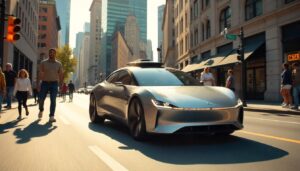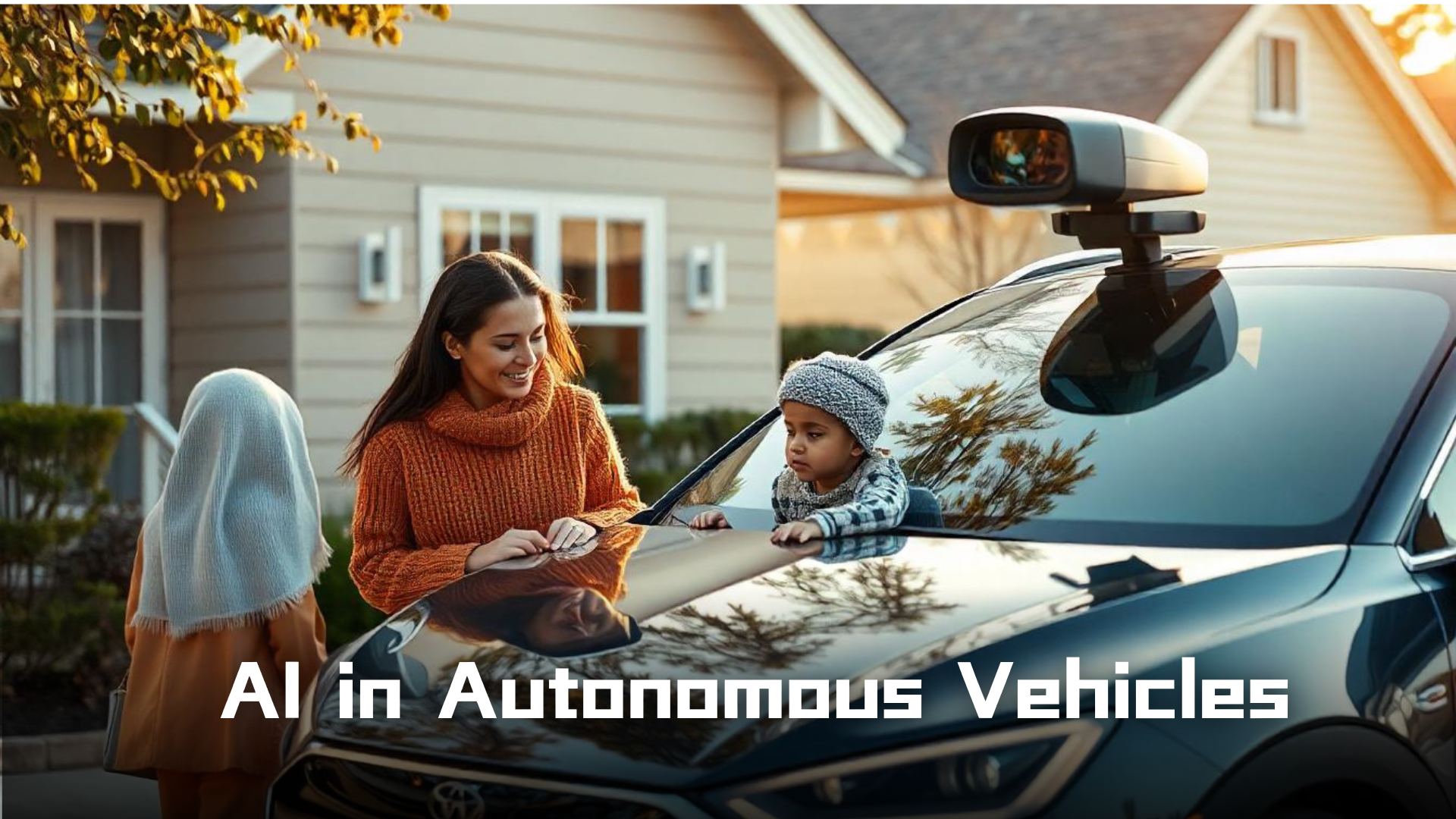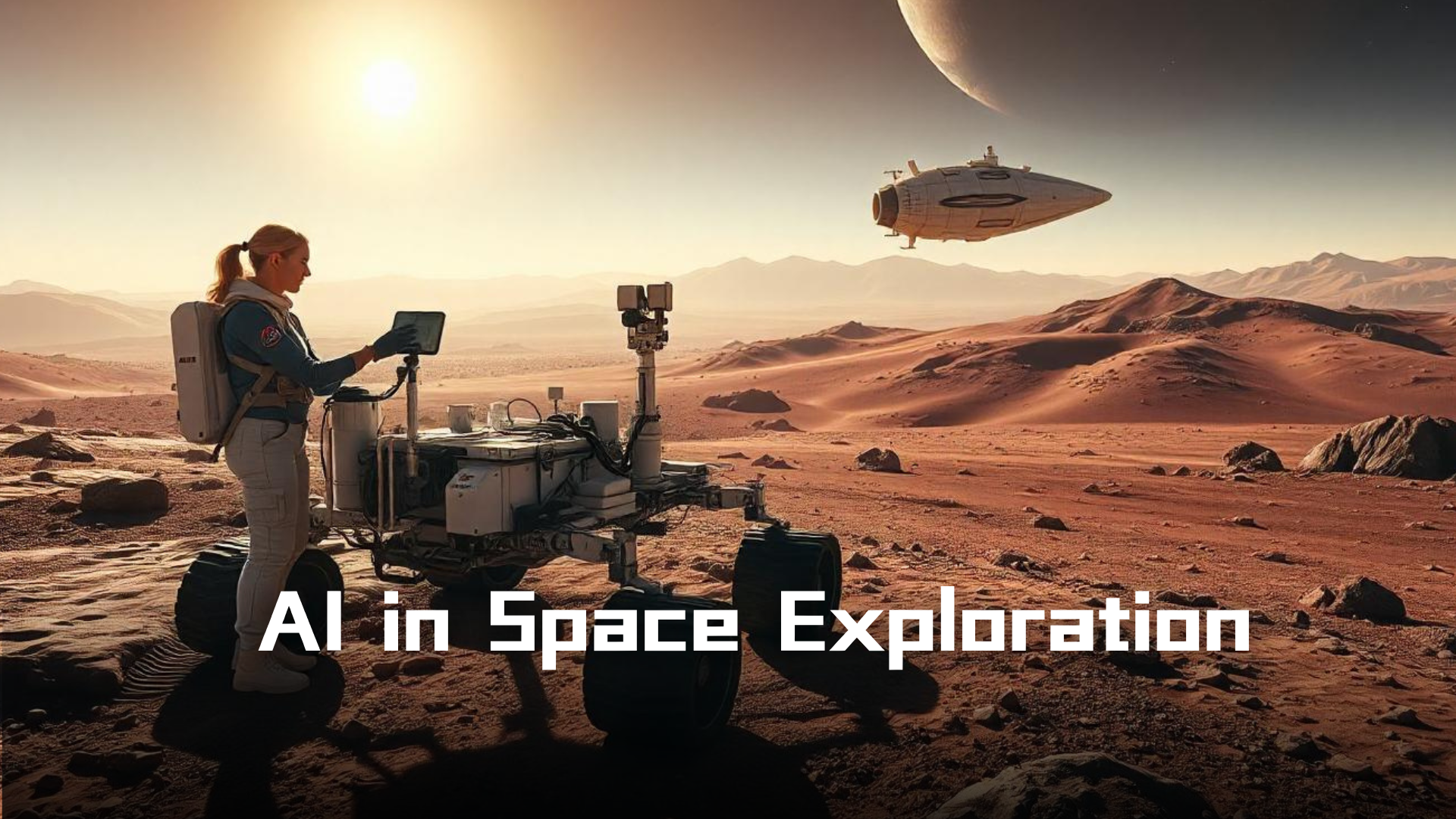AI in Autonomous Vehicles: The Road to Self-Driving Cars
The advancement of Artificial Intelligence (AI) has brought us ever closer to a future when self-driving cars are commonplace. Right from computer vision and machine learning to sensor fusion, AI excels at enabling autonomous vehicles (AVs) to drive on the roads, avoid obstacles, and keep the passenger safe. This blog looks at the AI technologies that power autonomous driving, the challenges to be faced, and what the transportation in the future could be like.
How AI Powers Autonomous Vehicles
The vehicles become autonomous due to the combination of AI-driven technologies working together to simulate human driving capabilities for good. The essential AI technologies turning self-driving cars into reality are:
Computer Vision
Computer vision is the core artificial intelligence technology enabling vehicles to sense and interpret the environments. Cameras mounted on the autonomous vehicles constantly capture images of their surroundings. The images are processed in real time using deep learning algorithms to identify objects such as pedestrians, traffic signs, lane markings, and other vehicles. This visual information allows the AI to make decisions about speed, direction, and obstacle avoidance.

Examples are Tesla’s self-driving cars and Waymo’s Autopilot, which rely on computer vision to accurately see their environments and operate in complex road conditions.
2. Machine Learning
The driving force behind the decision-making processes of autonomous vehicles system is machine learning. Through the analysis of various databases such maps, traffic patterns, and sensor readings, the algorithms of machine learning can inform the best driving approach for safety and efficiency. The self-driving car adapts with every instance of learning as it collects more datasets from real-world situations.
For example, neural networks, a subset of machine learning, allow autonomous vehicles to learn more complex behaviors like merging into freeways, giving way to pedestrians, or avoiding sudden roadside obstacles, all of which ensure quicker responses and reliability from the vehicles.
3. Sensor Fusion
In addition to helping the car “see” things, sensor fusion gives the vehicle “feeling” abilities to perceive its surroundings. To provide a completely comprehensive picture of the environment, autonomous vehicles come fitted with numerous sensors, lidar, radar, and ultrasonic sensors all working in unison. Sensor fusion merges information from these ground sensors to accomplish real-time high-precision mapping. This way, the automobile will detect and make proper decisions concerning an obstacle in all visibility conditions regardless of inclement weather, such as fog or rain.

Specifically, lidar gives relatively accurate measurements of distance as it obtains information on objects by sending laser beams onto them. First, this laser technology allows the car to position with great precision other cars, pedestrians, and streets.
Challenges in Development
Although the progress made thus far is quite remarkable, there remain several challenging questions that fulfill autonomous driving technology’s potential:
1. Complex Road Conditions
AI is incredibly efficient in a predictable environment; the real world is not a controlled environment. Handling bad weather, construction zones, and poorly marked roads is ongoing. While human drivers intuitively and instinctively adapt to the unexpected, such qualities are quite difficult to instill in AI algorithms.
2. Legal and Ethical Considerations
The production of autonomous vehicles also opens several very important ethical and legal questions. If two vehicles come into impact and one or both have a loss, who is liable? Should the AI follow the algorithm which most assures passenger safety, or should it go for the least life-threatening option for a pedestrian? These are some of the severe moral dilemmas with which automakers, policymakers, and ethicists are struggling as they develop autonomous systems for navigation.

3. Public Trust and Adoption
Many people remain skeptical about the safety of self-driving cars. High-profile accidents involving autonomous vehicles, such as the 2018 fatal Uber crash, have caused public concern. For AVs to gain widespread adoption, manufacturers must build trust by demonstrating consistent safety and reliability.
The Future of Autonomous Vehicles
Despite these challenges, the future of autonomous vehicles looks promising. Major players in the automotive and tech industries, such as Tesla, Waymo, and Cruise, continue to innovate and push the boundaries of what is possible with AI in transportation.
1. Safer Roads
With advancements in AI, we can expect autonomous vehicles to reduce human error, which is responsible for the vast majority of traffic accidents. Self-driving cars can react faster than humans and make decisions based on a wealth of real-time data, potentially leading to safer roads.
2. Reduced Traffic and Emissions
Autonomous vehicles have the potential to optimize traffic flow and reduce congestion through vehicle-to-vehicle communication. By communicating with each other, self-driving cars can reduce traffic jams, improve fuel efficiency, and lower emissions, contributing to greener cities.
3. Autonomous Ride-Sharing and Logistics
In the near future, fully autonomous ride-sharing services, like Waymo One, could become mainstream, offering convenient and affordable transportation options. Autonomous trucks and delivery services may also transform the logistics industry by optimizing supply chains and reducing transportation costs.
Conclusion
AI is accelerating the development of autonomous vehicles, bringing us closer to a future where self-driving cars become a reality. Technologies like computer vision, machine learning, and sensor fusion are enabling vehicles to navigate roads safely and efficiently. While challenges remain, the potential benefits in terms of safety, environmental impact, and convenience make autonomous vehicles a critical part of the future of transportation. As AI continues to evolve, we can expect autonomous vehicles to play an increasingly important role in shaping our cities and how we travel.
Important Link
- How did Kris Kristofferson die
- How to sign in bank of America online
- Millie Bobby Brown and Jake Bongiovi: A Love Story for the Ages
- India Women vs South Africa Women Cricket Match 2024
- Is Iran attacking Israel
- What happened to John Amos
- How many leagues are there in sports
- What are sports leagues
- How many times India beat Bangladesh?




